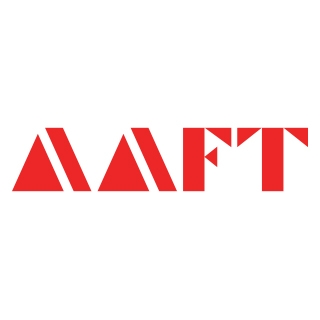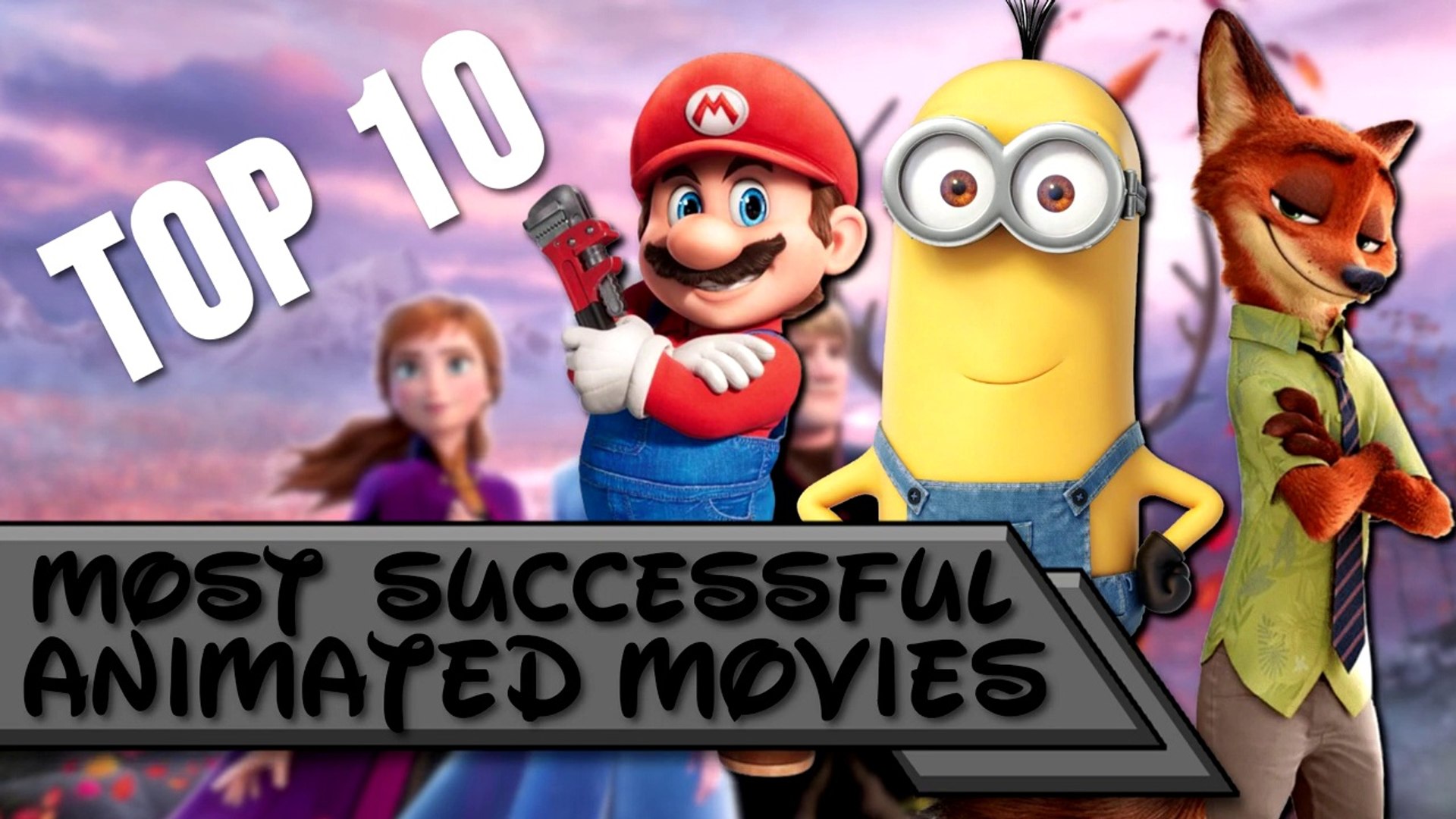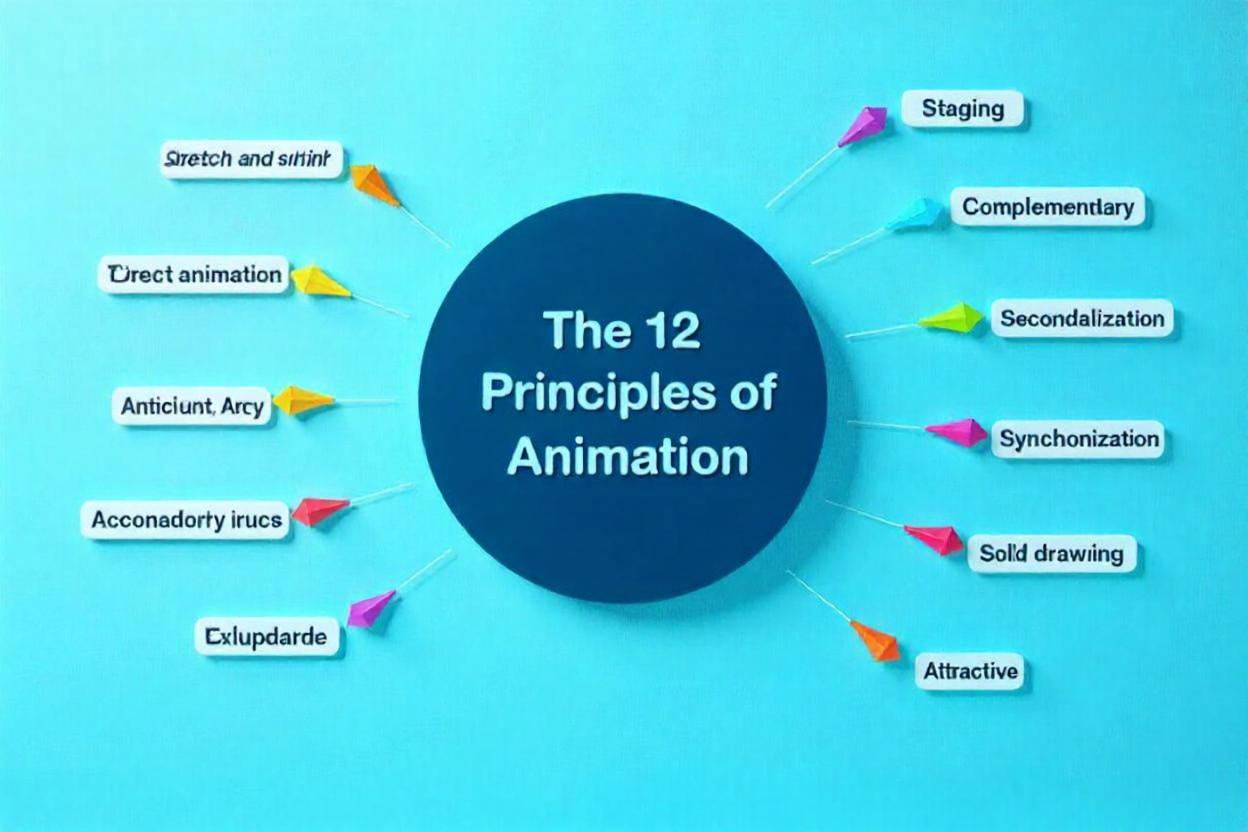How to Build a Career in VFX: Beginner to Pro Explained
If you are an aspiring animator or VFX artist, 2025 is a great time to look into courses, certifications, and more. With promising opportunities for the future, you can explore roles across industries, get creative freedom, and incorporate emerging technology to elevate your work.
This article will take you through a step-by-step VFX career guide and let you discover the many possibilities with different courses, resources, and tutorials.
What is VFX?
VFX, or visual effects, incorporates a set of steps to create, enhance, and modify visuals in games, movies, advertisements, and other media.
It focuses on CGI, motion capture, and other techniques used to create backgrounds, creatures, and entire scenes that are beyond reality, make futuristic environments, or emphasize the hyper-realism in a sequence.
VFX Career Guide for Beginners
Do you want free career counseling?
Ignite Your Ambitions- Seize the Opportunity for a Free Career Counseling Session.
- 30+ Years in Education
- 250+ Faculties
- 30K+ Alumni Network
- 10th in World Ranking
- 1000+ Celebrity
- 120+ Countries Students Enrolled
Here is a beginner-friendly guide to help you explore VFX as a lucrative career option after completing your 10+2.
1. Becoming A VFX Artist – Skills and Knowledge You Need
- Creative Drive
Creative awareness is one of the most crucial skills for any aspiring animator or VFX artist.
Read Also: Mastering Motion Graphics: Animation for Social Media & Ads
Book Now →
A vivid imagination helps create immersive visual experiences, build and design complex yet nuanced characters, develop innovative concepts and techniques, and previsualize to explore camera angles, frames, and compositions.
- Sketching
Sketching is a foundational skill in VFX. It is used in everything from designing characters to making backgrounds and conceptualizing plots, environments, and compositions.
You need an understanding of the human anatomy, proportions, scaling, perspectives, and how lights and shadows work to create visuals that are believable and realistic.
Do you want free career counseling?
Ignite Your Ambitions- Seize the Opportunity for a Free Career Counseling Session.- Software Proficiency
The VFX industry is heavily reliant on the latest digital tools. Being acquainted with software like Blender, Adobe After Effects, and Maya is central to being an expert in the field.
Keep skilling up and familiarizing yourself with the latest upgrades, generative features, and collaborative tools to make an impact and future-proof your VFX career.
- Visual Awareness
Visual awareness requires you to understand scales and proportions, natural distortions and discolorations, depth and volume, and light and shadow.
It is useful while merging different digital elements with live-action footage to create fantastical or hyper-realistic scenes. Visual awareness ensures smooth transitions, adds drama, and enhances visual storytelling.
- Soft Skills
As a VFX artist, you will work with teams, have tight deadlines, and multitask on different complex projects.
Developing good communication, time management, and problem-solving skills will help you convey ideas efficiently and overcome creative challenges.
2. Educational Requirements for A Career in VFX After 12th
Look into professional courses to get a peek at how the VFX and animation industry works in India, access study materials and resources, and learn from the experts.
Read Also: Top 10 Animation Studios in India You Should Know About
- Minimum Eligibility to Study VFX and Animation
You need to pass your 10+2 exams with a minimum of 50%-60% aggregate score (or the equivalent GPA) from a recognized board to pursue a degree in visual effects.
Most animation and visual effect courses don’t have a strict stream requirement; all you need is the relevant skills and knowledge to pass the entrance tests.
- Entrance Exams
Design and technical institutes in India typically conduct Design Aptitude Test (DATs) and other similar exams, followed by a second round of exams/group discussions/personal interviews.
NID-DAT, UCEED, and AAFT-GEE are some common entrance exams that you can check out. These tests help assess your creative aptitude, problem-solving abilities, and design skills.
- Best VFX and Animation Courses to Kickstart Your Career
While a degree is not mandatory to become a VFX artist, and provided you have a strong portfolio, you can totally self-teach the skills and software. However, professional courses allow you a head start in your career.
Animation and VFX courses are designed to improve your theoretical and practical knowledge, help you master the technical and non-technical skills, and get hands-on experiences through internships and classroom projects.
Read Also: Top 8 Career Opportunities in 2025 for Every Fine Arts Aspirant
These bachelor’s degree courses are typically 3-4 years long and cover the core areas of the discipline, and improve your understanding of the basic and advanced industry-standard software.
| Course | Areas Covered | Course Fee (₹) |
| B.Des in Animation and Visual Effects | Visual Communications2D and 3D AnimationDigital FilmmakingAudio and Video EditingMotion Graphics DesignVFX and Compositing3D Modelling and TexturingWeb Media DesignCharacter Design, Rigging, and AnimationSurface, Look, and Environment DesignAcquainting With Industry-Standard Software | ₹6,50,000 – ₹20,00,000 |
| B.Des in Animation Film Design | Understanding 2D, 3D, and Stop-motion Animation Fundamentals of Animation and Video Film DesignStorytelling for Visual MediaScriptwriting and Character DesignAnimation for Interactive MediaPrinciples of Visual DesignSoftware Proficiency | ₹10,00,000 – ₹36,00,000 |
| B.Des in Animation Design | Fundamentals of Animation Elements and Principles of Animation Design2D and 3D AnimationVFX and CompositingStoryboardingCharacter DesignRigging and 3D ModelingScriptwritingStorytelling for AnimationBasic and Advanced Software | ₹16,00,000 – ₹24,00,000 |
| B.Sc. in Animation Design | Principles of Animation DesignDigital Imaging3D ModelingUnderstanding VFX for Different MediaStoryboarding and ScriptwritingCharacter DesignSoftware Proficiency | ₹2,00,000 – ₹10,00,000 |
3. Hands-on Experience and Industry Exposure
Animation and visual effects careers are skill-intensive and require you to understand how to navigate the industry and learn how it works.
From collaborating with different teams and working around deadlines to balancing complex projects and multitasking, you need to apply all the knowledge to real-life scenarios.
Hands-on experiences typically include internships, classroom projects, workshops, competitions, and passion projects or collaborations with fellow artists and scriptwriters. These are great for building a strong portfolio that speaks about your style and expertise.
4. How do you create a VFX portfolio that stands out?
Read Also: Career Options in Animation & VFX: Film, Gaming, AR/VR & More
Your portfolio is a window to your skills, expertise, experience, style, and aesthetics. It should be organized in a way that speaks for itself. Here are a few points you can consider to make it impactful –
- Use a brief and concise showreel (2-3 minutes long) or a website to showcase all your work.
- Make sure the first work they see is what you consider your best/strongest.
- Include project breakdowns and brief concept notes (1-2 lines) to give the viewers a peek at your process and creative thinking and problem-solving abilities.
- Arrange your works in a way that makes it easier for the viewer to navigate and understand each of them.
- Make your portfolio versatile. Include projects where you have used different techniques, mixed media, and portrayed your software skills.
5. Networking and Finding the Right Job for Yourself
You can start networking while you are studying visual effects by connecting with your institute’s alumni groups and attending workshops and competitions to build healthy professional relationships with industry experts and your fellow artists.
Leverage professional platforms and follow your favorite artists’ work on social media. You can also reach out to professionals you look up to and shoot them an email.
Keep an eye on any vacancies posted on websites like LinkedIn, Indeed, and the like, and follow the social media handles of the companies you want to work with for updates.
Create an ATS-friendly, neat resume and write cover letters according to the job roles you are applying for to maximize your chances of getting shortlisted.
Popular Jobs in VFX and What They Pay
There are plenty of creative roles you can explore as a VFX artist. The table below focuses on some of the most popular entry-level jobs in India with ample growth opportunities.
Read Also: Top 8 Professional Degrees to Pursue After 12th in 2025
| Job Title | Salary Per Year (₹) |
| Junior VFX Artist | 3,00,000 – 5,50,000 |
| Roto Artists | 3,40,000 – 4,50,000 |
| Compositor | 3,60,000 – 5,40,000 |
| Production Coordinator | 3,00,000 – 4,80,000 |
| VFX Editor | 3,00,000 – 5,50,000 |
Conclusion
The animation and VFX industry is rapidly growing. With the integration of AI and other innovative technologies, 2025 is all set to witness a creative surge in the industry, with novel techniques, more fresh talents, and a global platform and audience.
If you want to explore a career in VFX, start by improving some of the core skills and enrolling in a professional VFX course. Check out the AAFT website for info on courses, syllabi, and industry opportunities.

AAFT has been providing the world with limitless creativity and expression since 1993! Through a dynamic and industry-driven curriculum, AAFT provides engaging and captivating articles to persuasive blogs and empowers its readers to explore diverse avenues of creative media education-related content.





